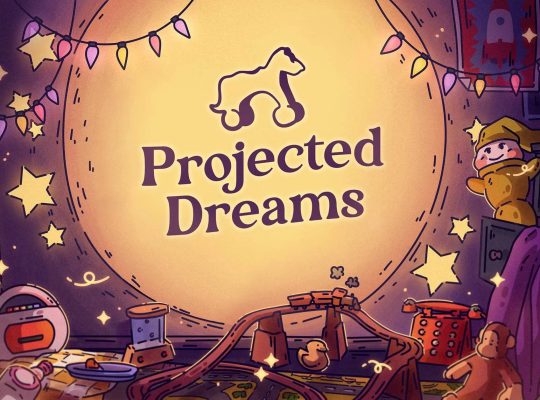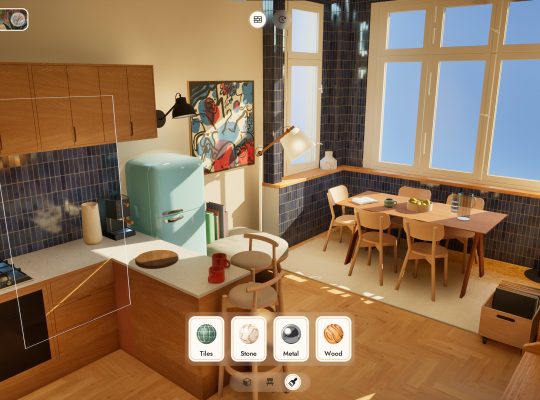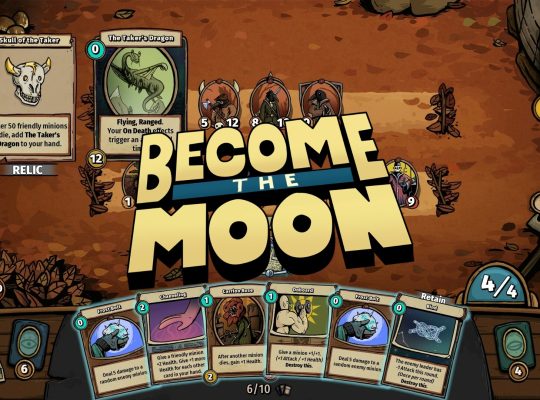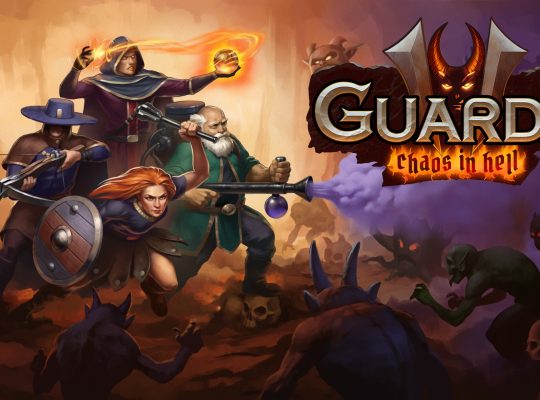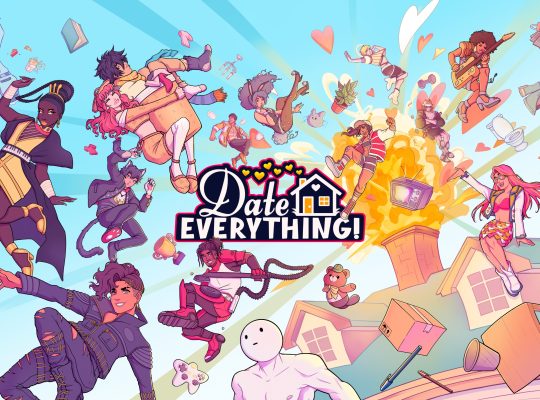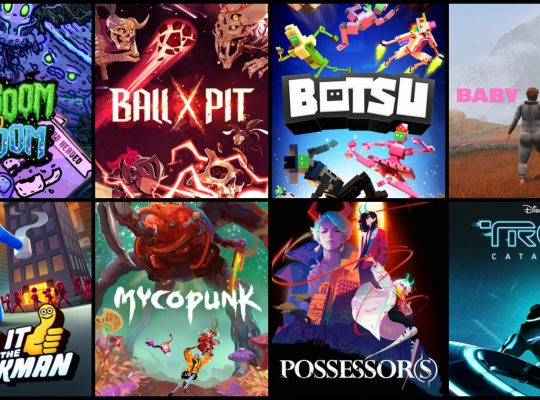- DEVELOPER: Storm in a Teacup
- PUBLISHER: ESDigital Games
- PLATFORMS: PC
- GENRE: Cozy / Idle / Simulator
- RELEASE DATE: January 31, 2025
- STARTING PRICE: 5,89€
- REVIEWED VERSION: PC
Rusty’s Retirement sparked a trend of games that run in the background on your screen, and many great titles have embraced this format. Though affordable, these games are high-quality and frequently updated. My Little Life fits right in as a cozy life sim and idle game, letting you manage a growing community of pixel-art characters while juggling work or other tasks.
My Little Life is a game where you guide up to six unique “little people” to meet career goals, satisfy needs, and create custom homes. Its subtle design lets characters act independently while you make big choices, like buying furniture or picking jobs. With two layout options such as horizontal suburbs (bottom of the screen) or vertical city (side of the screen), it blends idle gameplay with active decisions, perfect for a chill desktop companion.

Starting Small and Meeting Needs
You start with one character in a bare-bones home, tasked with meeting their needs (hunger, hygiene, sleep, joy, comfort) and advancing their career to earn Credits (currency) and Fulfillment Points (FP). Needs are managed by placing furniture with specific tags, visible in the shop interface. The best part is that the characters act independently, using nearby items to satisfy needs when needed.
Careers such as Writer, Streamer, Painter, Mechanic, Farmer, Scientist, or Hacker unlock progressively and involve skill-building to earn promotions and higher paychecks and each career has unique items that boost skills. The game’s idle nature means characters work and live without constant input, but active tasks like decorating homes or assigning jobs keep you engaged.
Home-building is another great feature, with hundreds of furniture items, wallpapers, and decorations to unlock using Credits and FP. You expand homes by adding walls or floors, creating separate houses in suburb mode or stacked apartments in city mode. Each character has a designated zone, restricting their access to items outside it unless marked “communal”.
“Characters work and live autonomously, but decorating homes or assigning jobs keeps you involved.”

Seamless Desktop Integration
Decorating is intuitive, with drag-and-drop placement, but objects can’t be layered, for example, placing a lamp in front of a sofa. The shop interface locks advanced items behind FP, earned by fulfilling character wishes such as owning a specific pet or reaching career milestones, encouraging long-term progression. However, the zone system can frustrate, as characters won’t share non-communal items, forcing duplicate purchases or cramped layouts.
Progression is driven by recruiting new characters, unlocking careers, and expanding homes. Each character has unique fulfillment tasks, ensuring varied goals. Credits fund basic purchases, while FP unlocks premium items, creating a satisfying loop of earning and spending. However, early progression feels slow, with limited Credits and high wall expansion costs making initial hours sluggish. Township quests, like recruiting specific characters or reaching career levels, add structure but can take hours due to idle mechanics, which may test those who are really impatient.
The game’s defining feature is its desktop integration, docking at the screen’s edge and offering three size options (full, half, or compact square) to minimize distraction. A toggle for “always on top” lets you choose whether it overlays other windows. Also, the absence of loud popups or urgent events ensures it doesn’t demand constant attention, aligning with its tagline: “a relaxing life-sim that lives on the bottom of your screen while you do other things.”
“Recruit new characters, unlock careers, and expand homes to drive progression.”

Ideal for Cozy Gamers
Replayability comes from five save slots, allowing experimentation with suburb or city modes with the variety of characters, careers, and decor. The game does eventually get updates, like the Scientist career and 59 new items added post-launch. Additionally, the 2D pixel-art aesthetic features colorful, expressive sprites for characters and furniture, evoking The Sims 1’s retro charm. Homes start as ugly shacks but transform into vibrant spaces with diverse items like neon signs, pet beds, or science labs.
Characters also have distinct looks (randomized, not customizable) and animations for tasks like eating or working, adding personality, though repetitive actions can break immersion. The camera can be static or follow characters, with a zoom toggle for closer inspection. In the end, My Little Life is a game you should get if you’re specifically into this genre and want to try something differently from what you’re usually playing.
For 5.89€, it’s a must-try for cozy gamers who like to multitask, can dedicate some of their time to progress from time to time, and do like building smaller communities.
“Suits cozy gamers who enjoy multitasking.”
| Pros | Cons |
|---|---|
| Great cozy idle game. | Slow early progress. |
| Non-intrusive design. | System of restrictive zones. |
| Different careers and goals. | |
| Affordable Pricing. |
Review copy provided by the publisher
4




